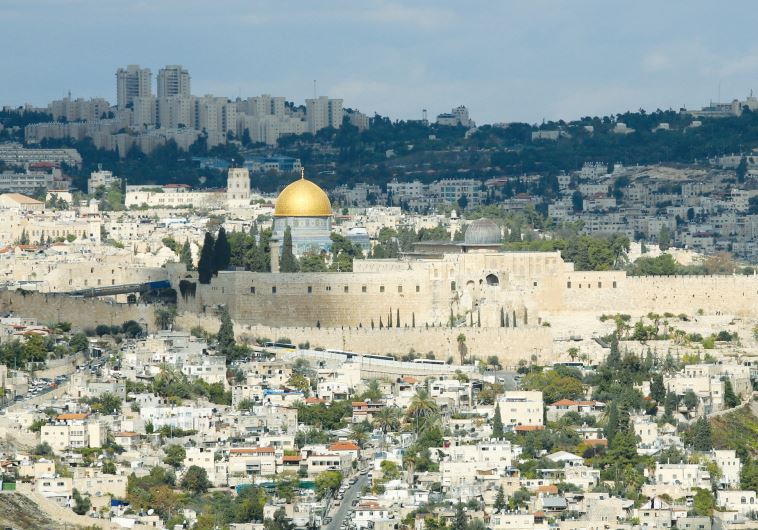The holiness of Jerusalem lies in its people
"Jerusalem is both a Holy City and a living city, but more importantly it is a Holy City because it is a living city."
 A view of the Dome of the Rock in Jerusalem(photo credit: MARC ISRAEL SELLEM/THE JERUSALEM POST)
A view of the Dome of the Rock in Jerusalem(photo credit: MARC ISRAEL SELLEM/THE JERUSALEM POST)